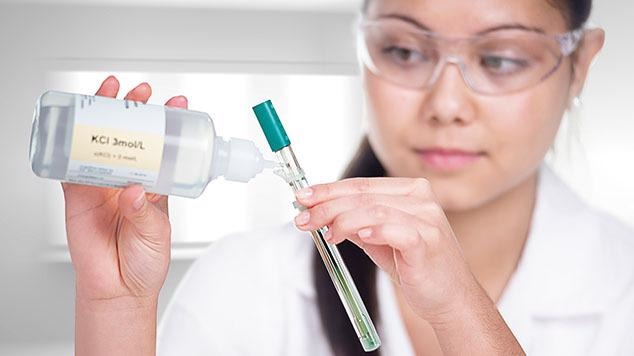Free white paper gives tips for standard addition and direct measurement

Image credit: Metrohm Middle East FZC
A free white paper from Metrohm presents a comprehensive overview of ion measurement by the use of ion-selective electrodes. The white paper describes best practice for ion-selective measurements by both standard addition and direct measurement and provides a checklist helping users to ensure correct and reproducible results for target ions in foodstuffs, soil, environmental waters and other matrices.
Ion measurement is an established method to quantify the presence of specific ions in matrices of all kinds and composition. While ion measurement can be conducted in several different ways, e.g., ion chromatography (IC), inductively coupled plasma optical emission spectrometry (ICP-OES), or atom absorption spectroscopy (AAS), ion measurement utilizing an ion-selective electrode (ISE) is a robust, much less expensive alternative to the sophisticated techniques mentioned before.
Topics addressed by the white paper:
- The science behind ion measurement using ion-selective electrodes
- Electrode conditioning and adjustment of the total ionic strength for various target ions (Fluoride, Potassium, Sodium, Ammonium)
- When to prefer standard addition and when to prefer direct measurement (measuring modes)
- The advantages and disadvantages of the two measuring modes
- Proper cleaning and storage of ion-selective electrodes